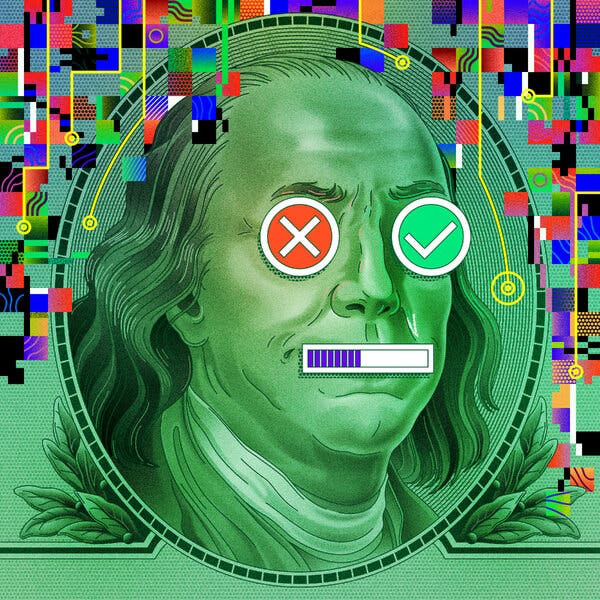For years, cryptocurrency seemed an unlikely contender in mainstream finance, much like an unusual ingredient in a traditional recipe. The banking sector largely dismissed digital currencies; leading figures once threatened to penalize employees engaging with Bitcoin, reflecting widespread skepticism among major financial institutions.
However, recent weeks have seen a surprising shift as prominent banking leaders begin to express positive remarks about cryptocurrencies. Initially, this was perceived as a strategic nod to political influences, given high-profile endorsements and connections between crypto ventures and prominent political families.
In reality, the evolving stance of Wall Street goes beyond politics. Banks are identifying fresh revenue streams by introducing clients to higher-risk crypto assets while benefiting from lighter regulatory scrutiny. This shift could fundamentally alter core banking services, including the stability of everyday checking accounts.
Cryptocurrencies represent digital money that is not issued or regulated by any government authority. Unlike traditional currencies, which central banks can influence through monetary policy such as adjusting money supply, crypto values fluctuate based purely on market demand and supply dynamics.
Such volatility suits investors seeking to profit from price swings but poses challenges for consumers wanting to use cryptocurrency for routine purchases, as the value of a transaction can vary significantly in a short time frame.
To address this issue, many users are turning to stablecoins—digital currencies designed to maintain a consistent value, often pegged to the U.S. dollar. These stablecoins aim to combine the benefits of cryptocurrencies with the reliability needed for everyday transactions.


0 Comments
No comments yet. Be the first to comment!